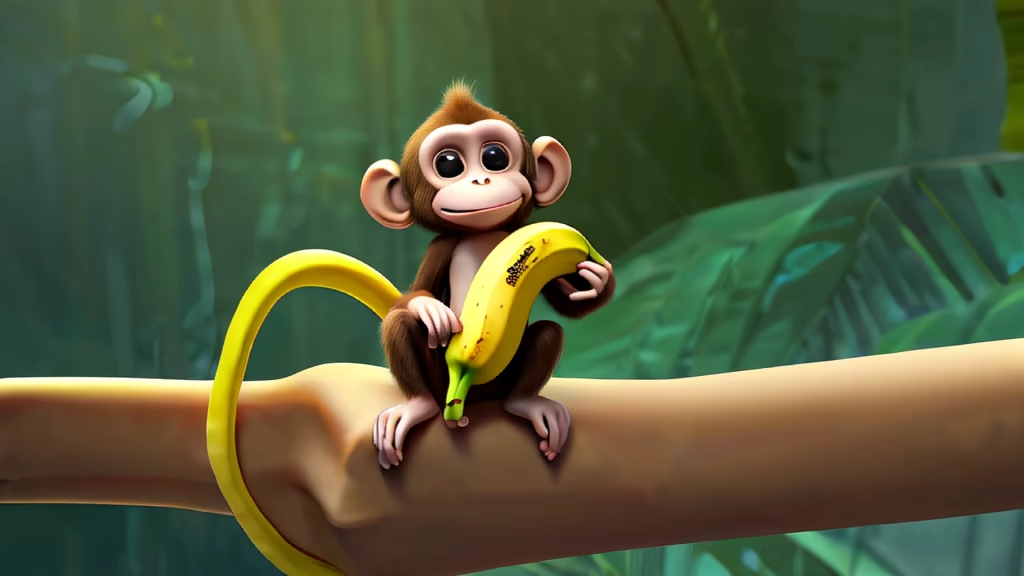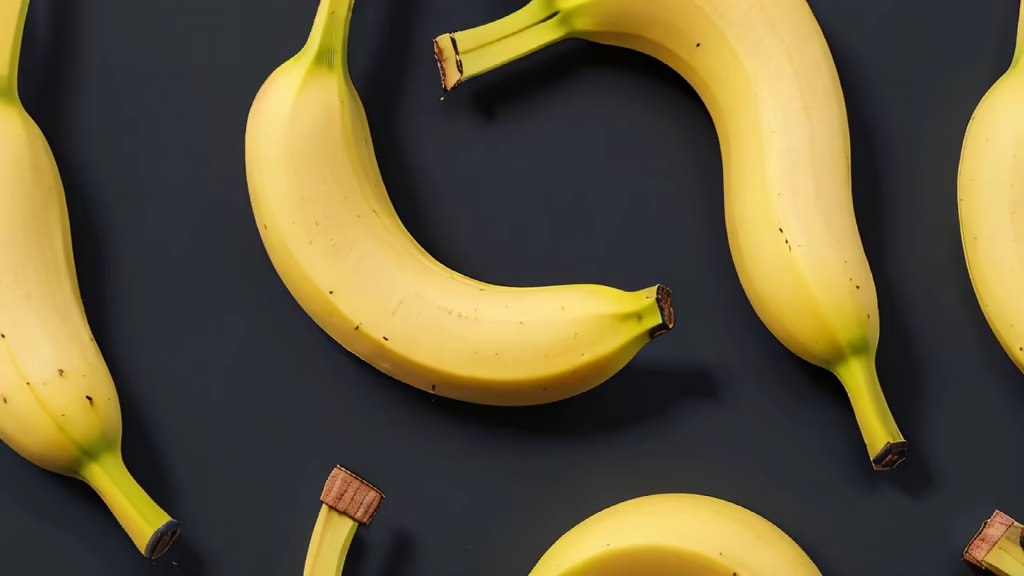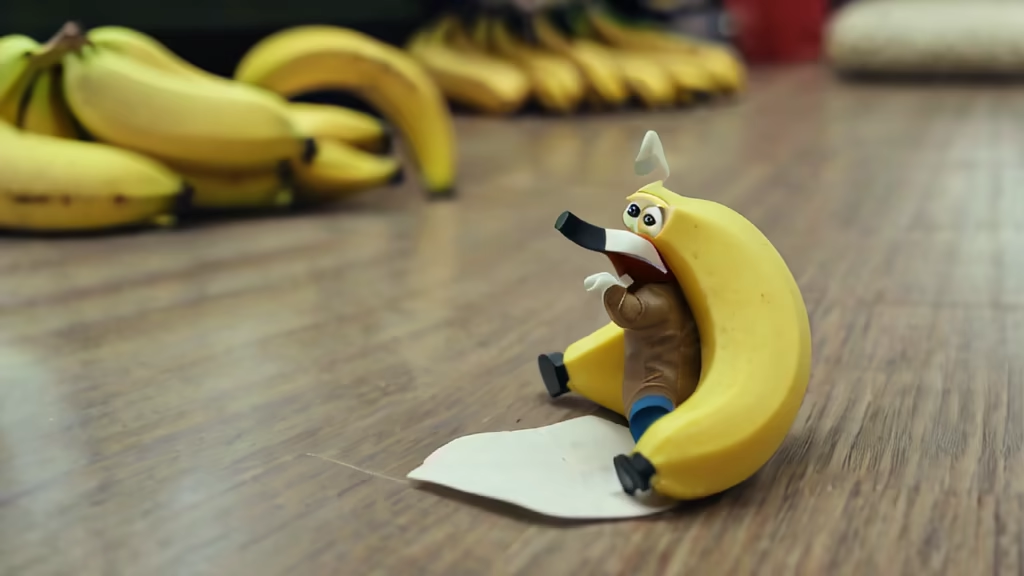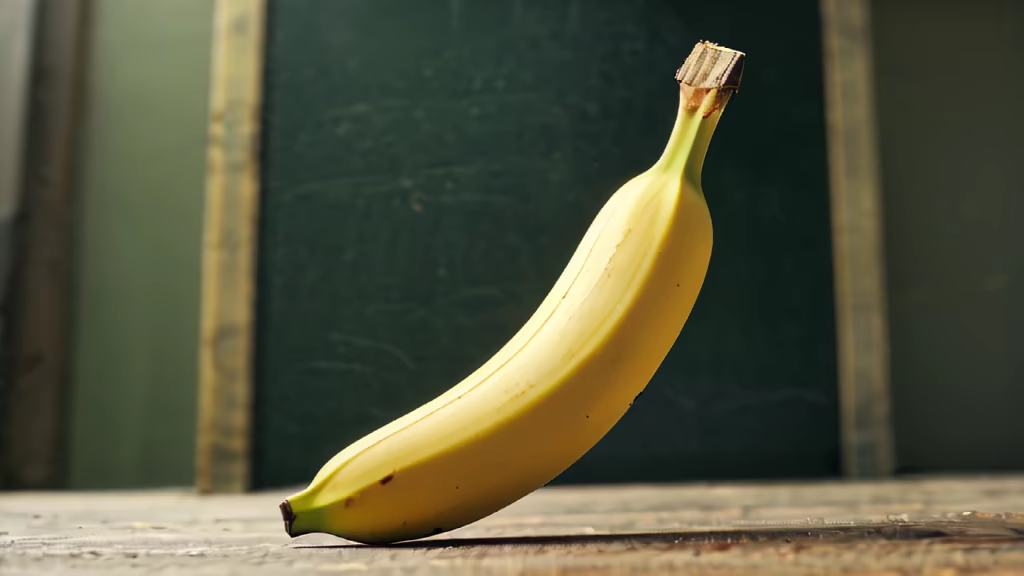Prompt: - Chief, what kind of nonsense is this? Why bother peeling off these labels from bananas?- For the balance of the Universe. After all, somewhere out there, in Africa, a rump like you is sticking these labels on.






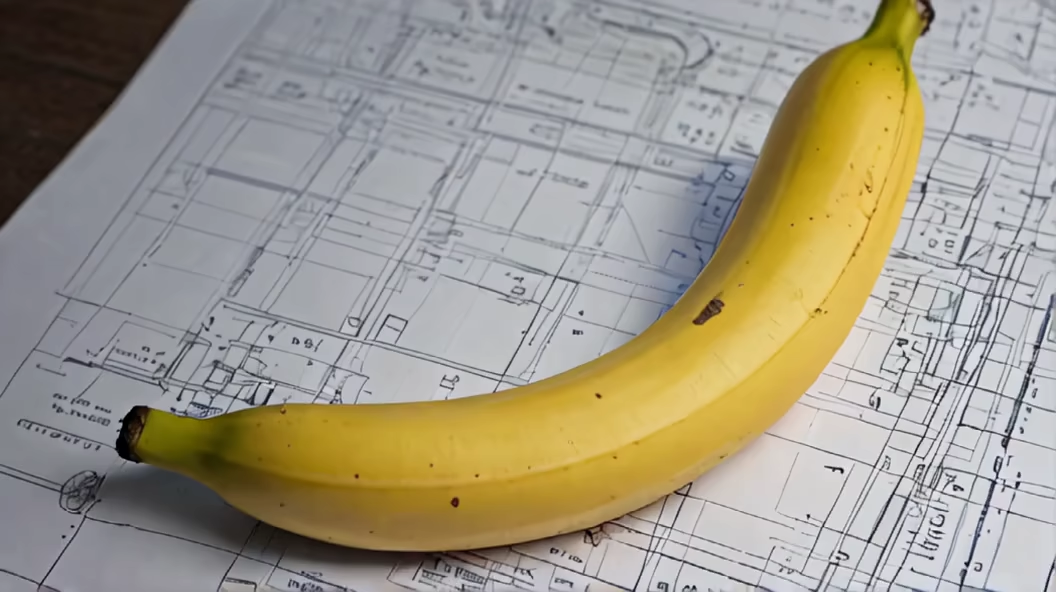
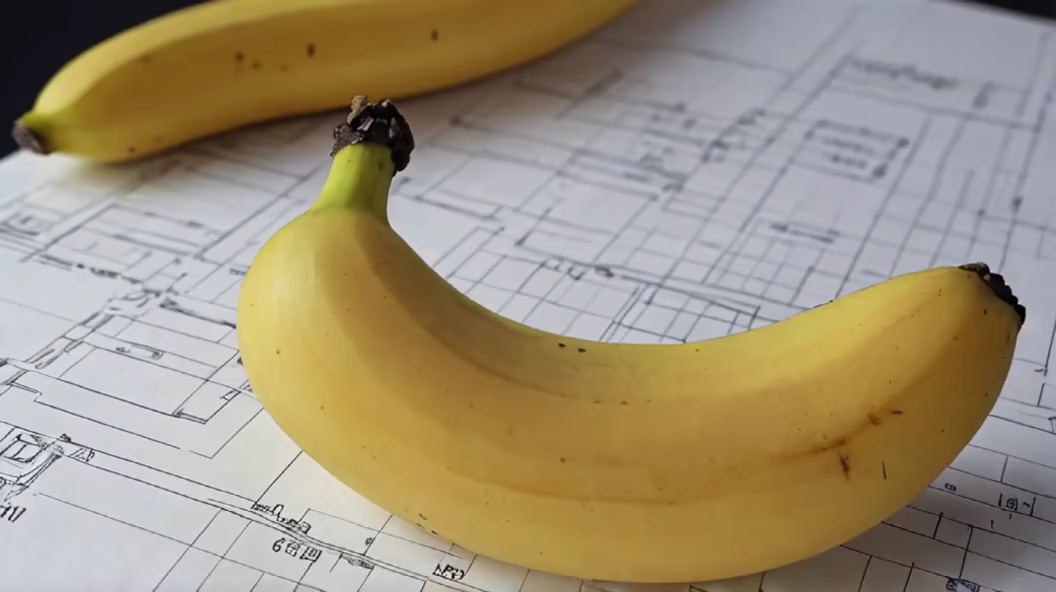
Prompt: The part of the human race that went to space exploration, because of the anxiety of the shortage of materials, invented the technology to turn garbage into food.
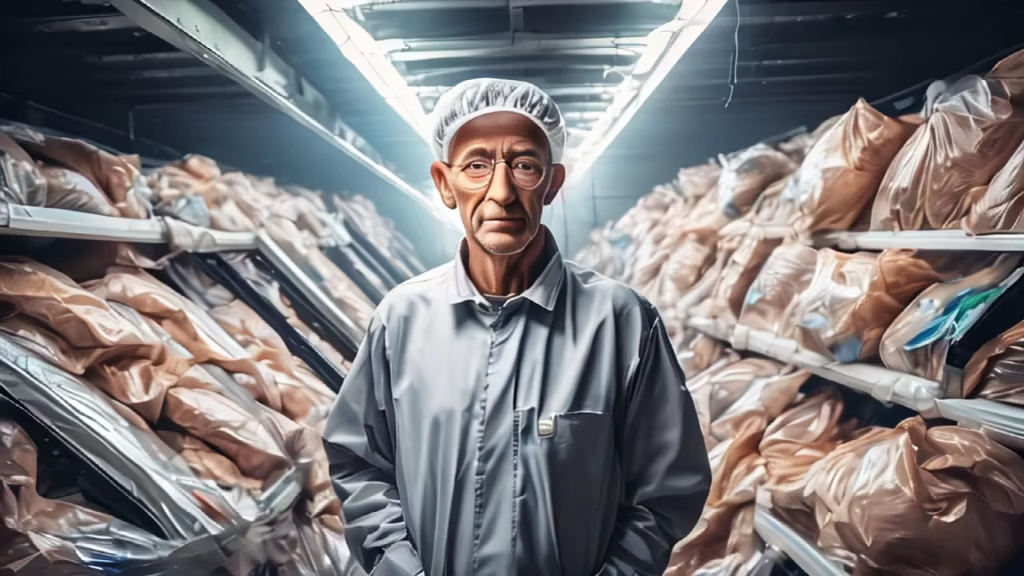

Prompt: Scene: Coffee shop, Mark and Ellie spend time together.\u003cbr/\u003eMark: Is the coffee good today?\u003cbr/\u003eEllie: Yes, it's really great. What do you think?\u003cbr/\u003eSoft music plays as their hands subtly touch, emotions heating up in in Ghibli style.


Prompt: \"Imagine an exceptionally brilliant potato—a genius in both intellect and technological prowess, residing within the confines of a spaceship. This remarkable tuber, enveloped in textured earthy skin, represents the pinnacle of intelligence and innovation. Visualize its countenance, radiating unparalleled intelligence through perceptive eyes that hold the wisdom of the cosmos. Picture this extraordinary spud as a luminary in spacefaring technology, navigating the stars while pioneering groundbreaking discoveries, all concealed within its unassuming form aboard a spaceship, where it orchestrates cosmic exploration and technological revolutions.\"


Prompt: Those who went to explore the space were anxious about the shortage of materials because they lived on spaceships, so they invented a technology to turn some of the garbage into food and used it.
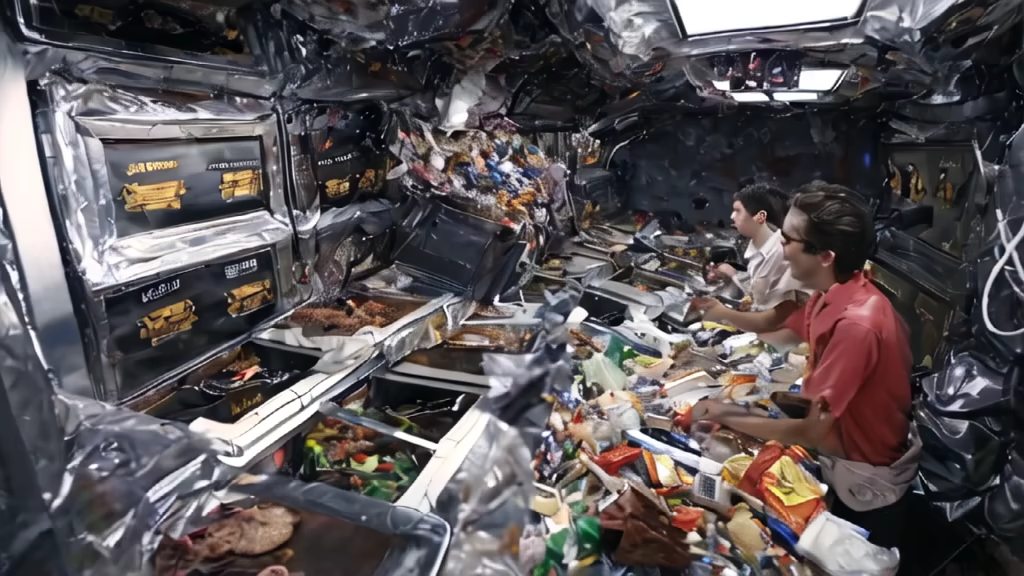
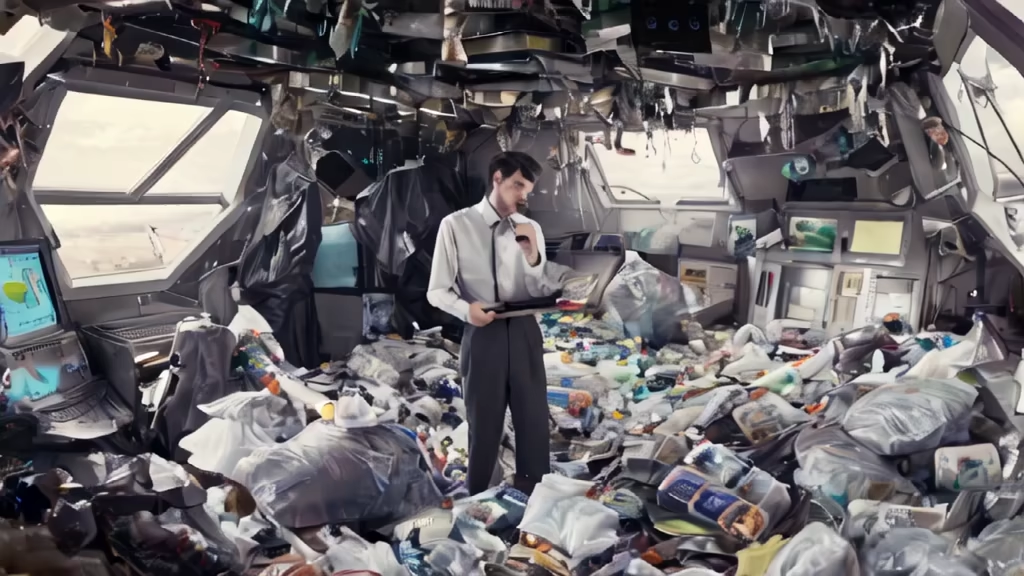




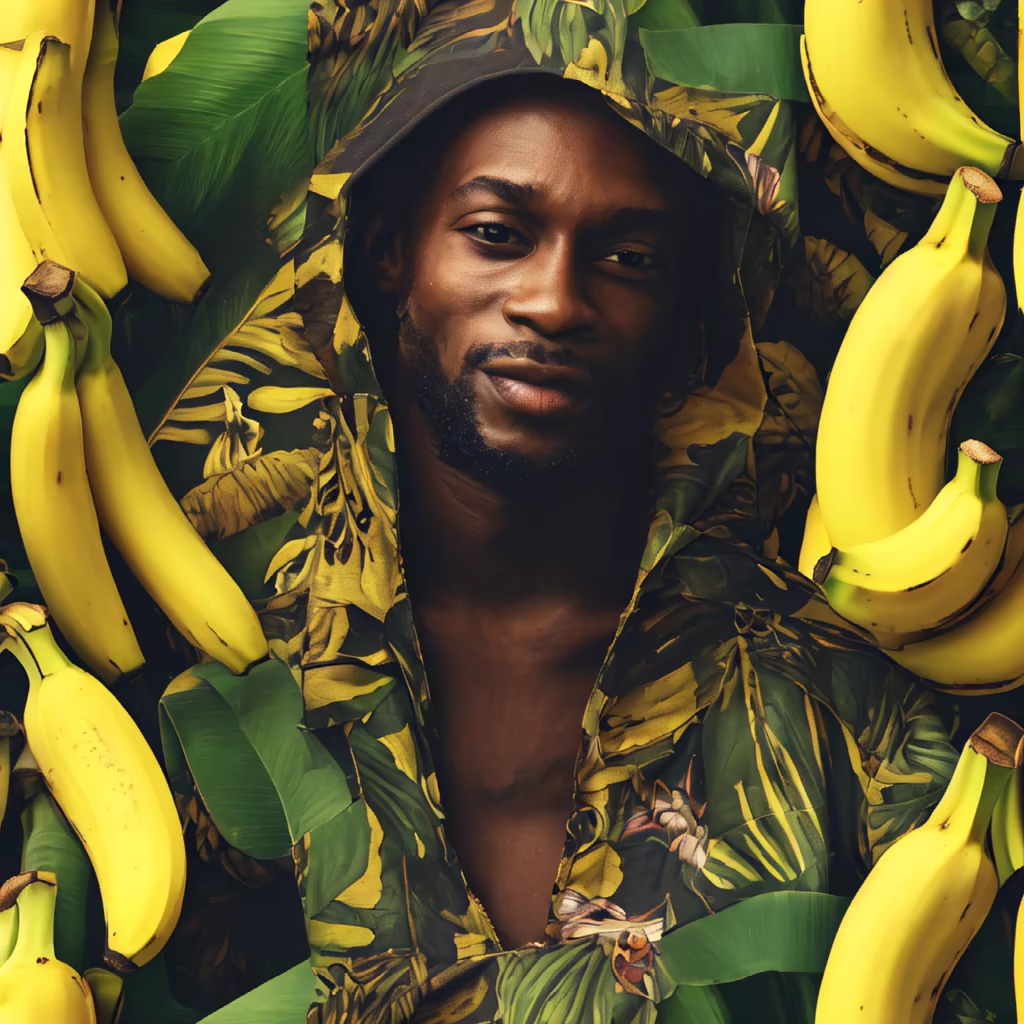
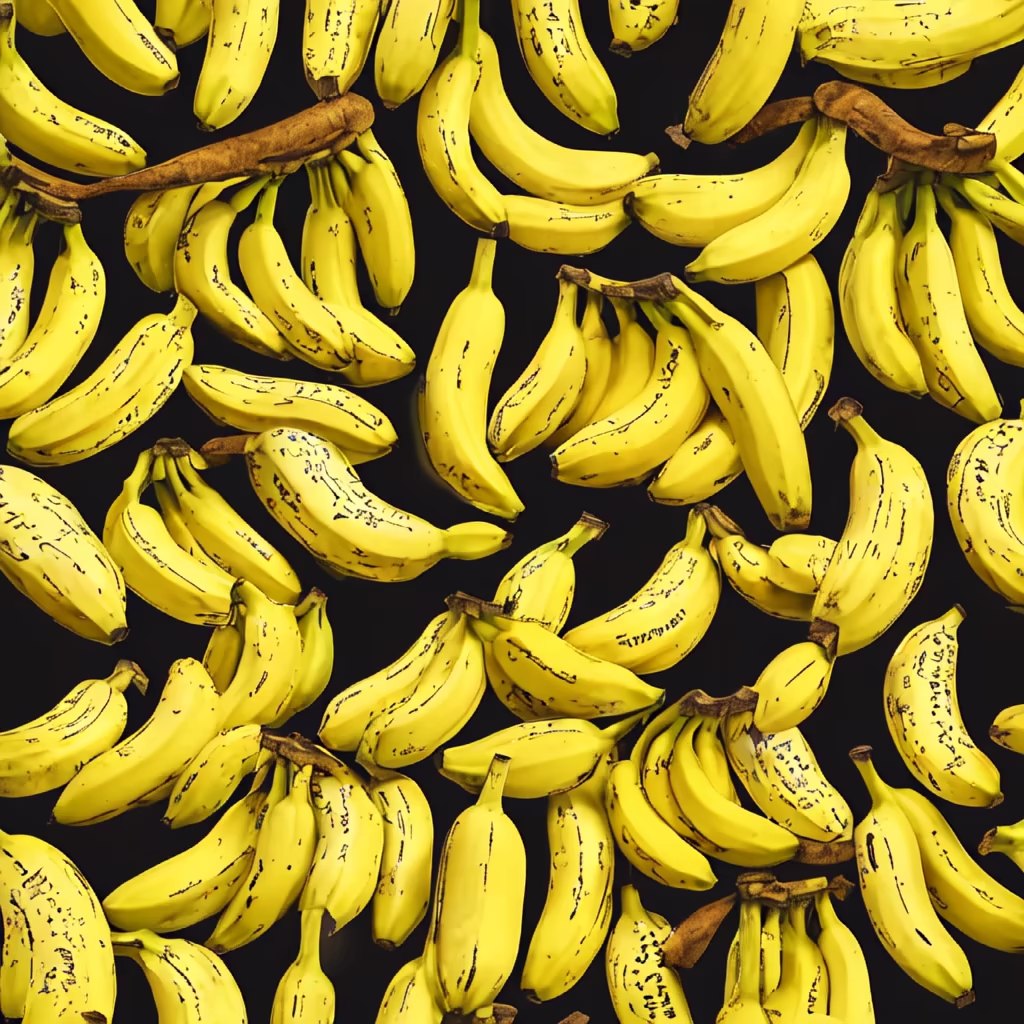
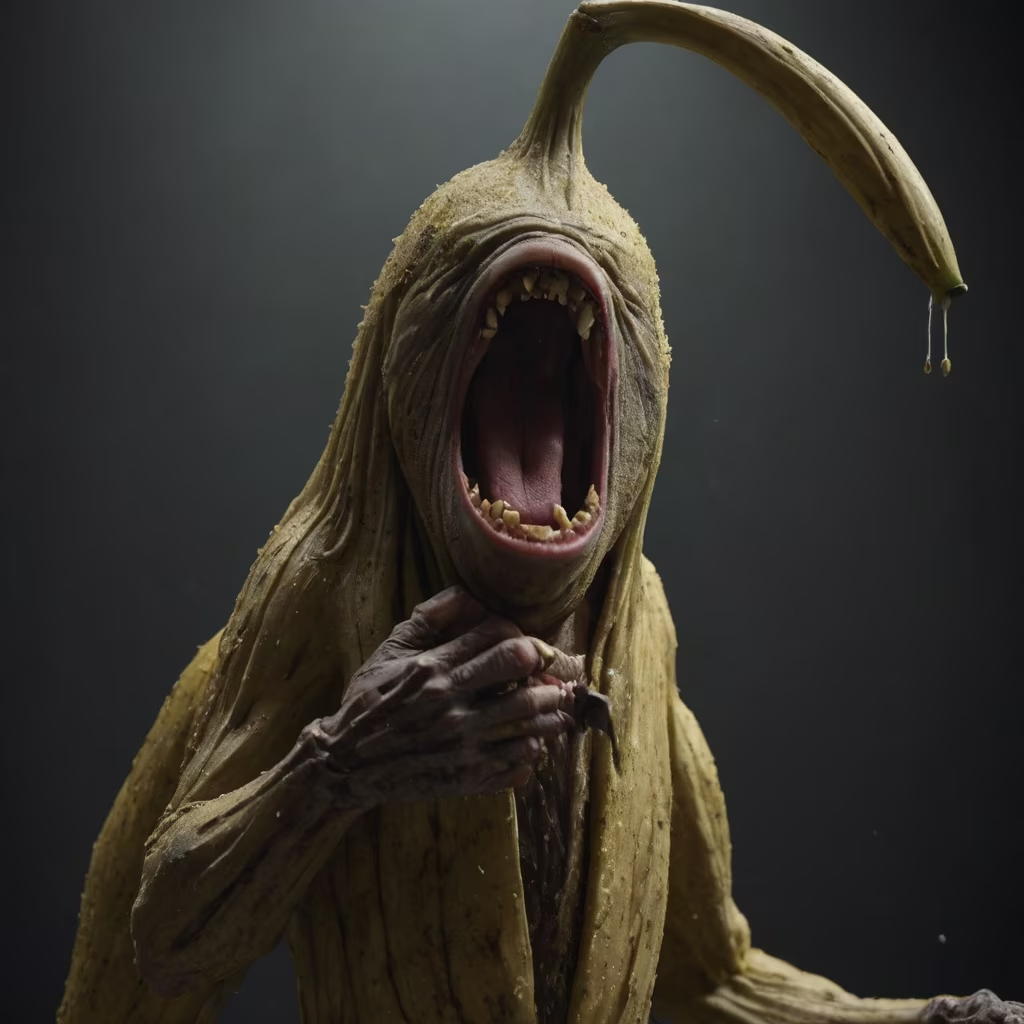



Prompt: I am firmly convinced that somewhere in a distant galaxy, On dusty paths, far from space routes, There will be a planet similar to ours in detail, And the people on it are completely similar to us


Prompt: I am firmly convinced that somewhere in a distant galaxy, On dusty paths, far from space routes, There will be a planet similar to ours in detail, And the people on it are completely similar to us

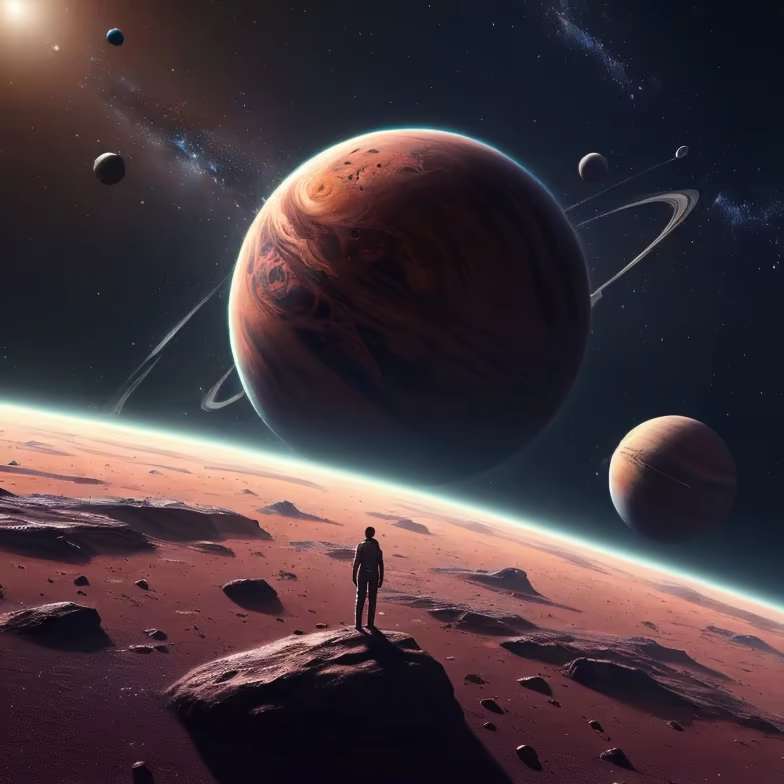


Prompt: The part of mankind that went to space exploration, because of the anxiety of the shortage of materials, invented and used the technology to convert part of the garbage into food.


Prompt: A 3D render of a coffee mug placed on a window sill during a stormy day. The storm outside the window is reflected in the coffee , with miniature lightning bolts and turbulent waves seen inside the mug. The room is dimly lit, adding to the dramatic atmosphere.



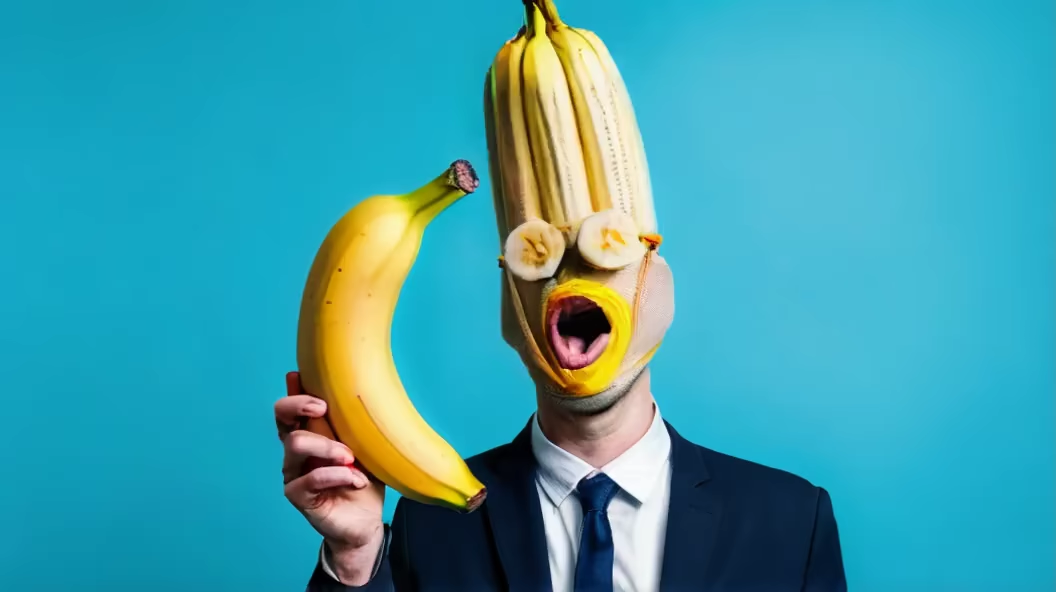
Prompt: I would like to have a mixture of a chimpanzee and a crow. This animal will have the head of a chimpanzee on the body of a crow. And I want the head to face a grimace
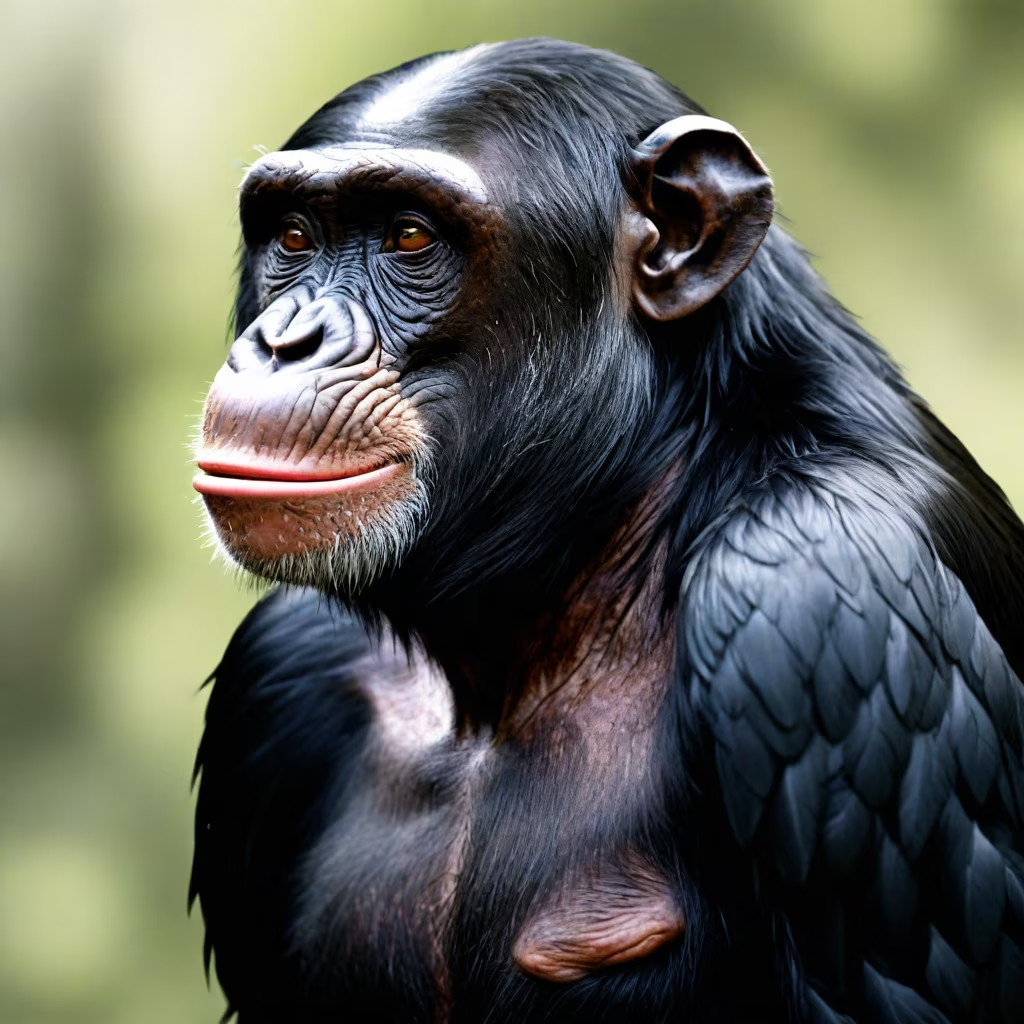

Prompt: I am firmly convinced that somewhere in a distant galaxy, On dusty paths, far from space routes, There will be a planet similar to ours in detail, And the people on it are completely similar to us.


Prompt: \"Imagine a remarkably intelligent potato, a tuber endowed with profound knowledge and an innate understanding of physics. Picture this spud as a sentient being, adorned with intricate earthy skin, exuding an aura of profound wisdom. Visualize its countenance—a visage that mirrors the complexities of the cosmos through perceptive eyes and a contemplative expression. Envision this extraordinary potato as a luminary physicist, unraveling the mysteries of the universe, offering insights that transcend the ordinary, all within its unassuming form.\"


Prompt: you put the corn in the pudding and the pudding in a bowl, you put the bowl in your belly 'cause it's good for the soul
















Prompt: Shaping them into human forms, they imbued life into these carvings, birthing Ask (Ash) and Embla (Elm), humanity's original ancestors.
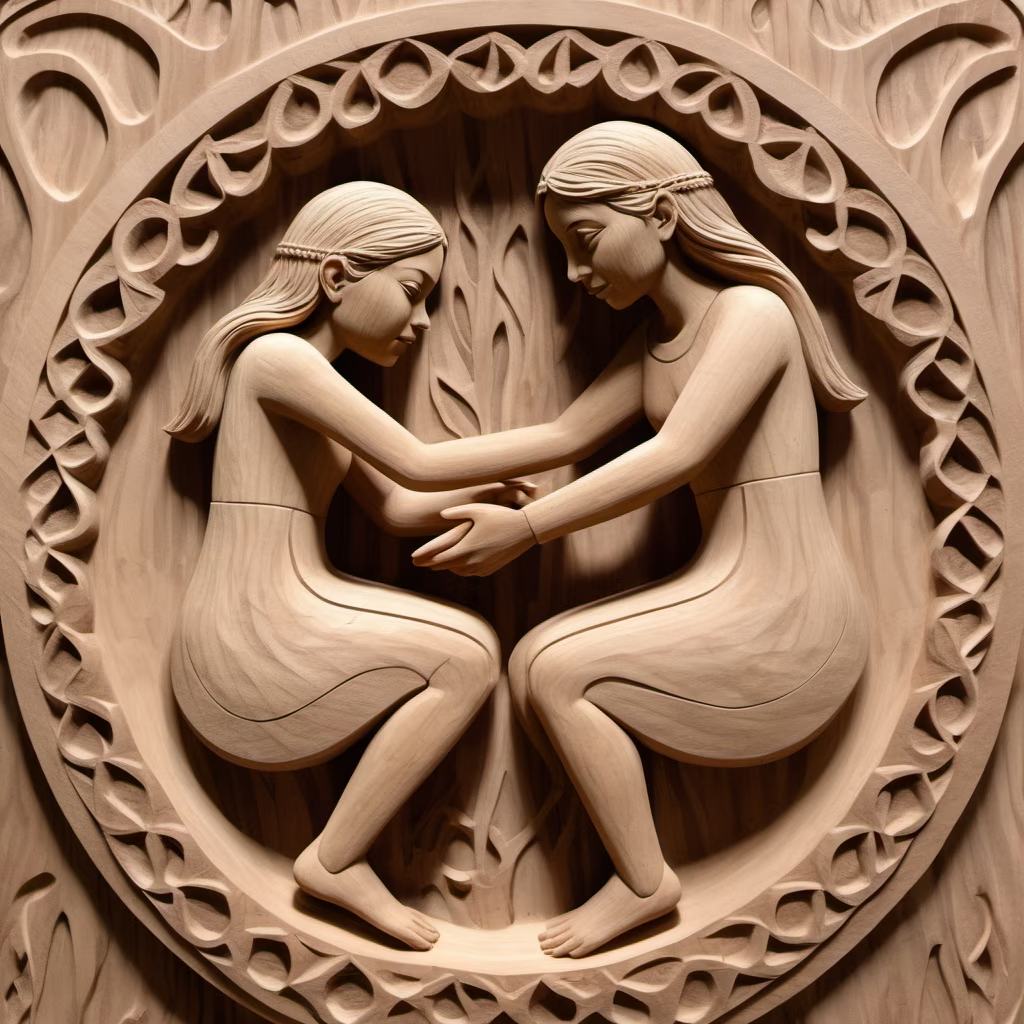

Prompt: our stomach and the entrance to your food pipe decide to take a little trip up into your chest.




Prompt: A unique banana stands alone in the middle of the street. Its shell is a bright, eye-catching blue color, looking like a piece of art. But when you look inside, you discover that the flesh of the banana is a bright, bright pink, creating a beautiful and charming contrast. The banana stands confidently and elegantly in the middle of the street, attracting attention and surprising passers-by. A photograph taken with a classic film camera, reflecting the unique beauty of this exotic banana --ar 3:2 --s 600
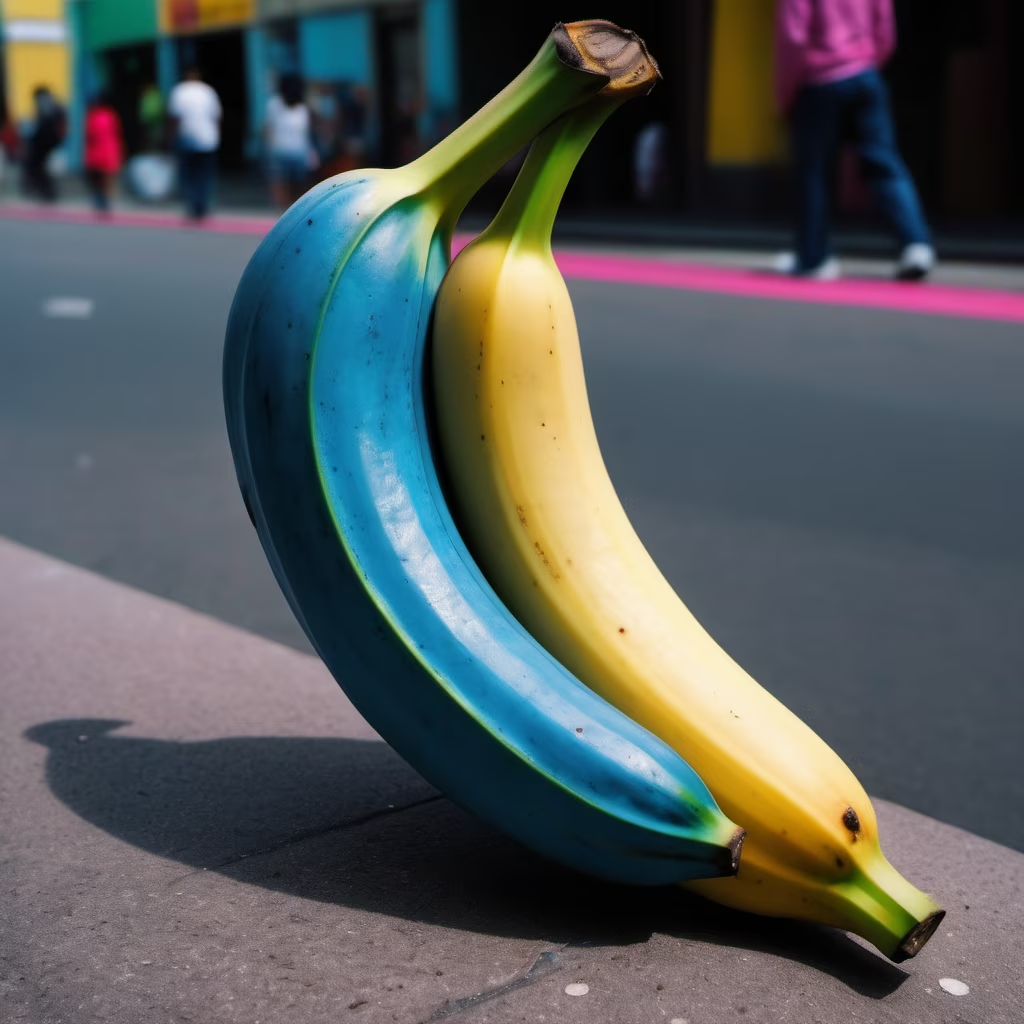









Prompt: it couldn't get any worse than this. but did, anyways, out of spite. (dog vomit in my salad remix)










Prompt: I want 2 crime stickers, the spirit of a person who was the victim of a violent murder that was never solved His spirit is full of anger and thirst for justice, unable to find peace due to the lack of resolution of his cyberpunk style case


Prompt: it couldn't get any worse than this. but did, anyways, out of spite. it was raining, everything smelt funny. (dog vomit in my salad remix)


Prompt: evolution from chimpanzee can be understood by examining the shared ancestry and the subsequent development of distinct traits that have culminated in the modern human species. Around 6-7 million years ago, humans and chimpanzees shared a common ancestor. This common ancestor likely resembled a chimp-like creature with some human-like traits. Over time, due to various environmental and genetic factors, including adaptations to new habitats and changing climates, the species diverged. One of the most notable differences between humans and chimpanzees is bipedalism or walking on two legs. The ability to walk upright is a defining characteristic of the human species and allowed our early ancestors to efficiently navigate the African savannah. This adaptation freed up the hands for other activities like tool use and eventually enabled the development of our sophisticated manual dexterity. Another significant evolution occurred in the brain. Human brains are much larger, relative to body size, compared to chimps. This increased brain size is associated with the development of higher cognitive functions, such as language, complex problem-solving, and rational thinking. The expansion of the brain also coincided with the development of more complex social structures and cultural advancements. Further differences can be observed in physical features such as the structure of the pelvis, limb proportions, and vocal apparatus. The human pelvis is wider and more bowl-shaped, facilitating bipedal locomotion and childbirth. Humans have longer legs relative to arm length compared to chimpanzees, which aids in efficient walking and running. The structure of the vocal apparatus in humans allows for a wide range of speech sounds, enabling complex language and communication. Although humans and chimpanzees have many shared genetic similarities, there have been numerous genetic changes over millions of years to produce the distinct traits observed in humans today. These changes can be attributed to a combination of natural selection, genetic mutations, and environmental pressures. In summary, human evolution from chimpanzee involved key developments such as bipedalism, larger brains, enhanced cognitive abilities, changes in physical features, and the development of complex language and culture. These evolutionary changes have led to the emergence of Homo sapiens as a distinct species, with unique characteristics that separate us from our ape relatives.









